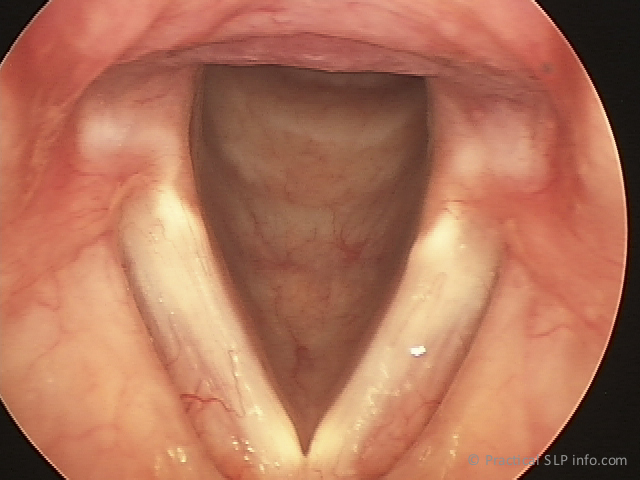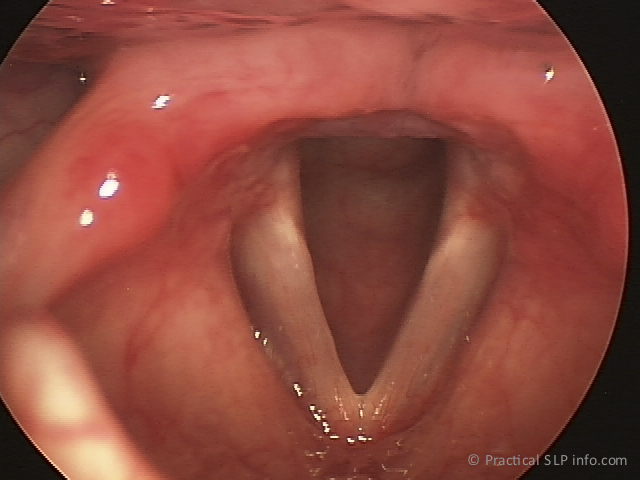Reflux is a term used to describe what occurs when contents from the stomach move backward, leaving the stomach and entering the esophagus. Reflux can be further classified, depending on how far the gastric (stomach) material travels backward.
Gastroesophageal Reflux (GER)
This term describes reflux occurring into the esophagus. This term can be used to describe any amount traveling into the esophagus, after it has passed into the stomach. Full column reflux describes reflux material that extends all the way to the top of the esophagus. Any degree of reflux into the esophagus, however, is considered to be gastroesophageal reflux.
Laryngopharyngeal Reflux (LPR)
This can also be referred to as extraoesophageal reflux. Both terms are used to explain the occurrence of reflux that passes entirely through the length of the esophagus and enters the pharynx (throat).
All frequently occurring reflux is important to diagnose as it can potentially damage the tissues it comes in contact with after leaving the stomach. As the stomach contents are digested, very strong stomach acid is combined with the food material in the stomach. When reflux occurs, this food material, now with a very strong acidic component, comes in contact with more fragile tissues of the upper digestive tract. Although the stomach lining is more resistant to the effects of this stomach acid, the other tissues of the upper digestive tract are not as durable to the effects of stomach acid. These tissues are therefore more vulnerable to damage from the refluxed food material coming from the stomach.
Long-standing and uncontrolled reflux has been associated with serious damage and even malignancy (cancer) developing in the structures of the upper digestive/respiratory tracts. In addition to potentially contributing to the development of cancer, there are also other problems associated with reflux. Proper diagnosis and management of reflux can be very important in your overall health.
Common Symptoms of Reflux
It is very possible to experience reflux without having some of the significant symptoms often associated with reflux. For this reason, many patients may deny they are experiencing reflux. In these cases, when reflux damage is suspected, more comprehensive objective evaluation is warranted.
- Painful Swallowing
- Sore Throat (especially worse in the morning)
- Hoarseness
- Laryngitis
- “Lump in the Throat” Sensation
- Frequent Coughing
- Sour or Foul Taste
- Halitosis (Bad Breath)
- Feeling of Food Sticking when Swallowing
- Difficulty Swallowing
- Heartburn
- Frequent Belching or Burning
- Indigestion
- Waking Up Coughing
You may experience only one of these symptoms, or several simultaneously. You may also notice symptoms are worse at times, then improve for a period of time, only to return again. It is important to discuss this with your doctor if you experience any of these symptoms one or more times per week.
Reflux Laryngitis
Reflux laryngitis is a diagnosis indicating inflammation of the larynx (or part of it) due to laryngopharyngeal reflux. With reflux laryngitis, there are characteristic changes to certain structures/portions of the larynx that are nearest the esophageal opening. Reflux material, when leaving the esophagus and entering the pharynx, will first contact those structures. When inflammation, swelling and redness occur most predominantly in this region, your doctor may diagnose you with reflux laryngitis, an indication you are experiencing laryngopharyngeal reflux.



